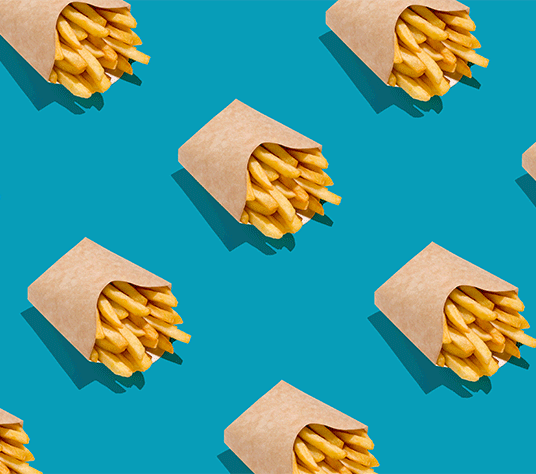The pharmaceutical industry splurges billions of dollars in R&D year on year to develop drugs and vaccines to improve our health and well-being. Despite the investments in R&D and various checks and balances in place to develop stable and safe drugs, the industry occasionally runs into instances like that of Norvir® of Abbott Laboratory in 1998, when Abbott’s small molecule capsules were recalled from the market due to failed dissolution tests [1]. The core problem behind the failure is the poor understanding of the polymorphism of organic crystals.
The active pharmaceutical ingredients (APIs) of the drugs that patients take are organic molecules that are small (e.g., molecular weight <500 Daltons) and structurally flexible. Under various manufacturing/storage conditions such as temperature and humidity, these molecules are packed differently and form different crystal structures, leading to a phenomenon called polymorphism. One such extraordinary example is ROY (Figure 1)—the same molecule has been discovered to be able to form as many as 11 different crystals with markedly different shapes and colors, holding the current record for the largest number of fully characterized organic crystal polymorphs [2,3].

To advance the understanding of polymorphism of organic crystals, a team of scientists from the University of Wisconsin at Madison (the same lab that discovered ROY), AbbVie, and Tiger Analytics spearheaded the study of nucleation/growth behavior of D-arabitol, sugar alcohol, both at bulk and at liquid/vapor interface. With creative experimental design and meticulous executions, the researchers observed the following intriguing phenomena:
(1) The surface nucleation rate is 12 orders of magnitude faster than its bulk counterpart.
(2) The surface crystal has a different structure from its bulk counterpart.
(3) The higher the temperature, the faster the surface nucleation.
Corroborated by the Molecular Dynamics simulation, the researchers can unambiguously relate the polymorphism to the molecular packing in various environments (i.e., surface vs. bulk). The freedom at the liquid/vapor interface enables the molecules to break loose from the rigid 3-dimensional hydrogen-bond network (typically observed in bulk) to form a 2-dimensional layered structure (Figure 2).

The current work pioneered the direct measurement of surface/bulk nucleation rates of the same organic molecule (first of its kind), elucidated the mechanism of polymorphism supported by both experiment and simulation, and offered practical solutions to prevent organic small molecule drugs from crystallizing into unwanted polymorph. The research work has been published in the prestigious Journal of the American Chemical Society [4]. You can access the full paper here.
Sources:
1. John Bauer, Stephen Spanton, Rodger Henry, John Quick, Walter Dziki, William Porter, and John Morris, Ritonavir: An Extraordinary Example of Conformational Polymorphism, Pharmaceutical Research, 2001, 18, 6, 859-866.
2. Lian Yu, Polymorphism in Molecular Solids: An Extraordinary System of Red, Orange, and Yellow Crystals
Acc. Chem. Res. 2010, 43, 9, 1257–1266.
3. Bernardo A. Nogueira, Chiara Castiglioni and Rui Fausto, Color polymorphism in organic crystals, Communications Chemistry 2020, 3, 34.
4. Xin Yao, Qitong Liu, Bu Wang, Junguang Yu, Michael M. Aristov, Chenyang Shi, Geoff G. Z. Zhang, and Lian Yu, Anisotropic Molecular Organization at a Liquid/Vapor Interface Promotes Crystal Nucleation with Polymorph Selection, J. Am. Chem. Soc. 2022, 144, 26, 11638–11645.





